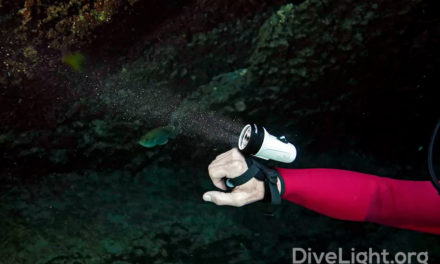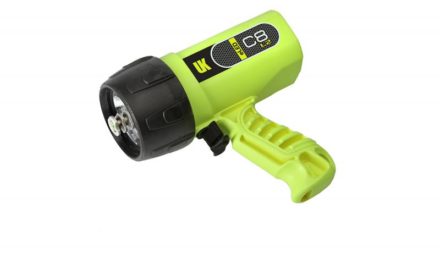A dive light is a device that helps a diver visualize the underwater environment. A standard dive light has the following features: a reliable switch, strong case able to withstand pressure, and a wrist clip to make the light retrievable in case it accidentally slips away. In addition to a standard dive light, many divers rely on dive marker lights so fellow divers can keep track of their whereabouts.
For night divers, this is especially important, as their whereabouts need to be monitored carefully. For this, diving marker lights are essential. This is because they help the divers communicate among themselves well as with their supervisors. This relatively small addition to a diver’s set of equipment enhances diving work and helps to ensure the safety of the divers. The best place to put the light is at the neck of the diver`s tank. This location is strategic as it makes the diver more comfortable, safer and makes his underwater movements relatively easy to keep track of. The divers can also use these lights to send emergency signals in case of danger.
Since the main objective of a dive marker light is to help locate the diver, not provide actual lighting, it’s important for the safety light to be minimal in brightness in order to avoid interference with the illumination provided by the diver’s primary light.
Every night diver would probably go for a Water Activated Dive Marker Light, which stands out as the best. This type of marker features a burn time of up to 500 hours, which means it will easily last for the duration of a dive. These types of dive marker lights work on an interesting yet simple concept: their contact with water turns them on; once out of the water, the lights automatically turn off. However, their batteries are non-replaceable and therefore, they have to be disposed after the light burns out.
Diving marker lights comes in different colors and prices, giving a diver a variety of options to choose from.






